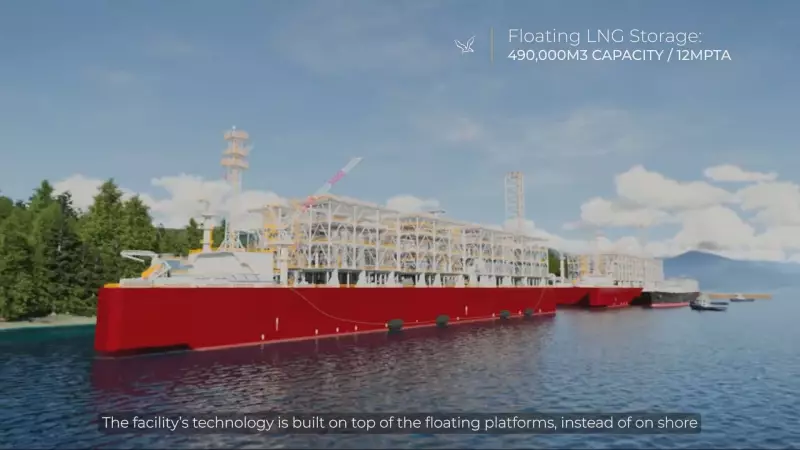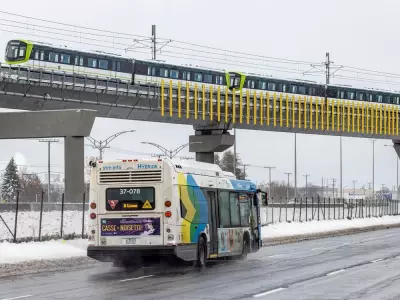
The federal government's decision to fast-track the Ksi Lisims LNG project has reignited heated discussions about resource extraction in British Columbia, placing the massive liquefied natural gas development at the centre of provincial economic and environmental debates.
Project Details and Accelerated Timeline
Located in northwestern British Columbia, the Ksi Lisims LNG project represents one of Canada's most significant energy infrastructure proposals. The facility, backed by a consortium including the Nisga'a Nation and industry partners, aims to export liquefied natural gas to international markets.
The federal government's decision to expedite the approval process comes as Canada seeks to position itself as a reliable global energy supplier while balancing environmental commitments. The accelerated timeline could see construction begin significantly sooner than initially projected, potentially bringing economic benefits to the region years ahead of schedule.
Renewed Debate Over Resource Development
The fast-tracking announcement has immediately sparked renewed controversy between project supporters and environmental advocates. Proponents argue that the project will generate substantial economic benefits for British Columbia, including thousands of jobs and significant revenue for both Indigenous communities and the provincial government.
"This project represents a crucial opportunity for economic development that respects Indigenous partnership and environmental standards," one industry representative stated following the announcement.
However, environmental groups have raised concerns about the implications of accelerating such a large-scale fossil fuel project. Critics question how the development aligns with Canada's climate commitments and worry about potential environmental impacts on the sensitive ecosystems of northwestern B.C.
Indigenous Partnership and Economic Implications
A key aspect of the Ksi Lisims project is the significant involvement of the Nisga'a Nation, representing a model of Indigenous-led resource development. The partnership structure provides the Nisga'a Nation with substantial equity ownership and decision-making authority over the project.
The accelerated approval process could mean earlier realization of economic benefits for the participating Indigenous communities, potentially bringing improved infrastructure, employment opportunities, and revenue streams to the region.
As the debate continues, all eyes remain on how British Columbia will balance its resource development ambitions with environmental stewardship and climate commitments in the coming months.




